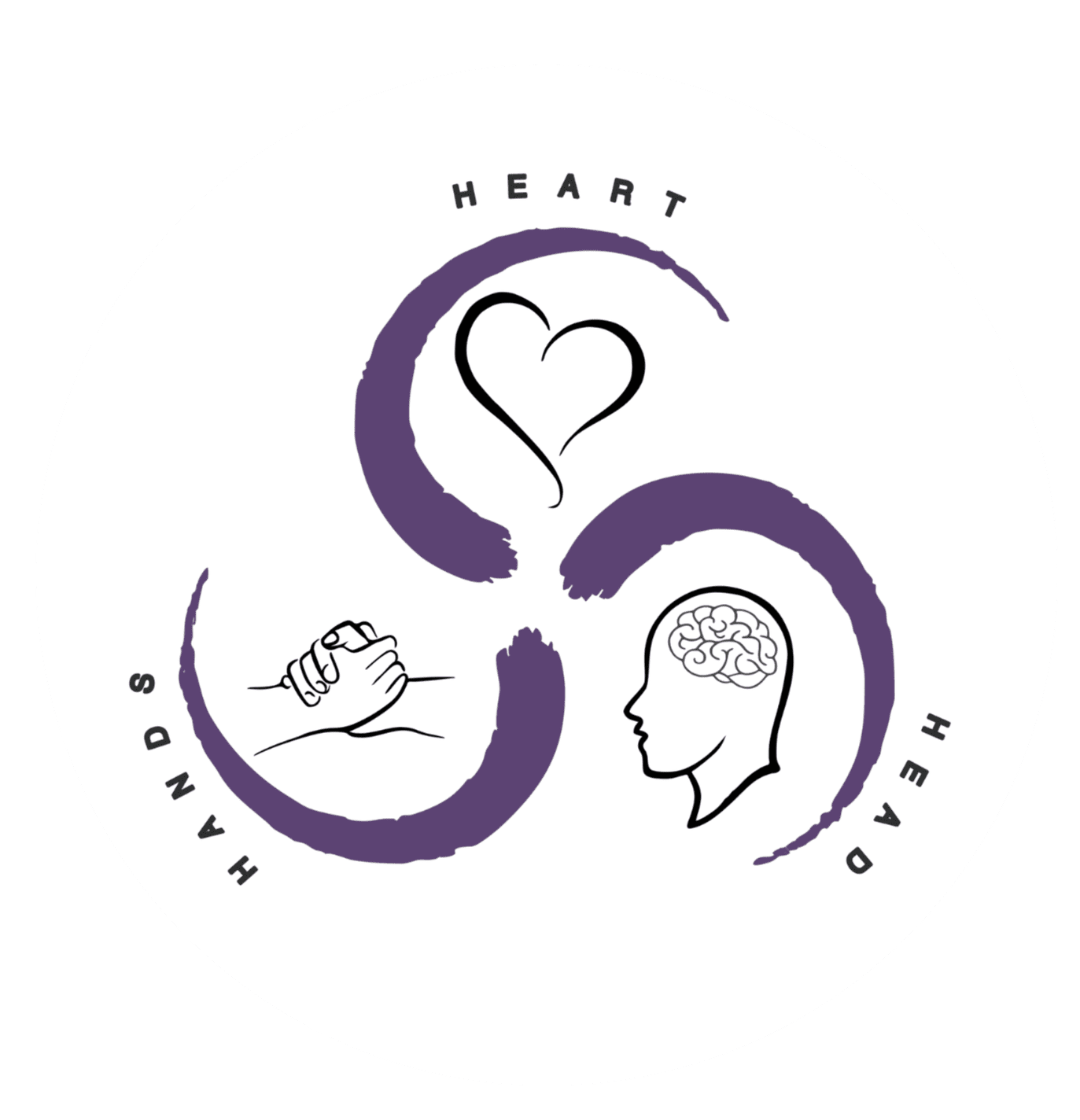
Steady Leadership: Helping Your Team Find Their Footing When the Ground Shifts

Practical ways to communicate, connect, and care for your people in uncertain times.
Your calm doesn’t come from knowing what’s next — it comes from knowing who you are.
In times of uncertainty, employees look to their leaders for stability, reassurance, and direction — even when answers are few. When the future feels shaky, your presence becomes the anchor.
In Part One of this series, I talked about the importance of leading yourself first — taking care of yourself so you can show up strong for others. Now, let’s shift the focus outward: how to lead, support, and stay connected with your team when everything feels uncertain.
Be open and communicate often
When things feel unclear, silence can easily be mistaken for indifference. People start filling in the blanks — and those blanks often lean to the negative.
That’s why your communication is your leadership right now.
- Share what you know and be honest about what you don’t.
- Provide small, regular updates — even if little has changed. Take it as an opportunity to check in with them.
- Acknowledge how uncertainty feels but balance it with hope and direction.
- “Here’s what we know right now.”
- “Here’s what we’re doing to stay informed.”
- “I’ll keep you posted as soon as I learn more.”
When your team knows you’re communicating openly, they’ll trust your leadership even when outcomes are uncertain.
Lead with empathy and understanding
Stress, anxiety, and frustration can quietly build during times like these. Your people may be balancing financial strain, family concerns, and/or fear of the unknown.
As a leader, your job isn’t to fix all of it — but to see it. A simple “How are you holding up?” can go a long way. Listen with empathy, validate their feelings, and let them know it’s okay not to have it all together. Being vulnerable and sharing your own concerns makes you relatable.
Empathy builds trust. And trust fuels resilience.
Stay connected with furloughed employees - for those temporarily furloughed, disconnection can feel like loss — not just of work, but of belonging. Even small gestures remind them that they’re still valued members of the team.
Here are a few ways to maintain connection and care:
- Send a short note or text, “We’re thinking of you.” This simple outreach helps reduce isolation and reminds them they’re not forgotten.
- Share updates –even small updates build trust and calm speculation.
- Invite them to optional team check-ins. Casual chats or virtual coffee breaks maintain community.
- Encourage peer contact: Group messages or small check-in chains can keep the sense of team alive. The message you’re sending is simple but powerful: “You’re still part of us.”
- If you’re leading a large group, you don’t have to do it all yourself. Ask front line leaders, admin staff, or volunteers to help personalize messages and divide outreach. Shared effort strengthens the message — and the culture of care.
Connect your team to support and resources.
Not every organization has access to formal Employee Assistance Programs (EAPs), but that doesn’t mean employees have to go without support. As a leader, you can help by sharing free and confidential resources that offer mental health, financial, or community assistance.
Here are a few reliable, no-cost options:
- National Alliance on Mental Illness (NAMI Helpline) — 1-800-950-6264 or text “Helpline” to 62640; offers free information and support for individuals and families.
- 988 Suicide & Crisis Lifeline — Dial 988 (24/7, free, and confidential) for anyone in emotional distress.
- Mental Health America — mhanational.org offers self-assessments, coping resources, and workplace mental health tools.
- 211.org — A national helpline connecting individuals to local food, housing, and financial assistance.
- CDC Workplace Health Resource Center — Free guides for stress management and well-being in organizations
- Food banks – look for resources in your communities. Your local United Way or Chamber of Commerce can help you get connected.
Encourage your employees to take advantage of these — and normalize using them. You might say: “These resources are free, confidential, and here to help. Please don’t hesitate to reach out if you need support — you don’t have to face this alone.”
Recenter your team on purpose
When uncertainty lingers, reconnecting to purpose gives your team something solid to stand on. Remind your employees “what you do still matters. Even if some things are paused, our mission hasn’t stopped.”
Recognize wins, no matter how small. Purpose fuels perseverance — and helps your people see that their work is still meaningful, even in transition.
Model flexibility and calm
Leaders who stay calm and adaptable give their teams permission to do the same. The goal is presence, not perfection. Model patience when plans shift. Show grace when mistakes happen. And when uncertainty rises, take a breath before responding. Grace under pressure is contagious.
When your steadiness becomes visible, it spreads — helping your team find their footing even when the ground shifts.
A final thought
Strong leadership isn’t about knowing everything; it’s about showing up with empathy, honesty, and courage. You’ve done the inner work — now your steadiness becomes someone else’s strength. Stay anchored in your values, steady in your presence, and hopeful for what’s next. When leaders stay grounded, teams find their balance. If you're looking for someone to help you build your leadership anchor, email me at [email protected].
Part of the Anchored & Steady Leadership Series — H3 Leadership & OD Consulting LLC
Let's Connect
I am here to partner with you on your journey to success. Fill out the form below, and let's start creating a brighter future together.
